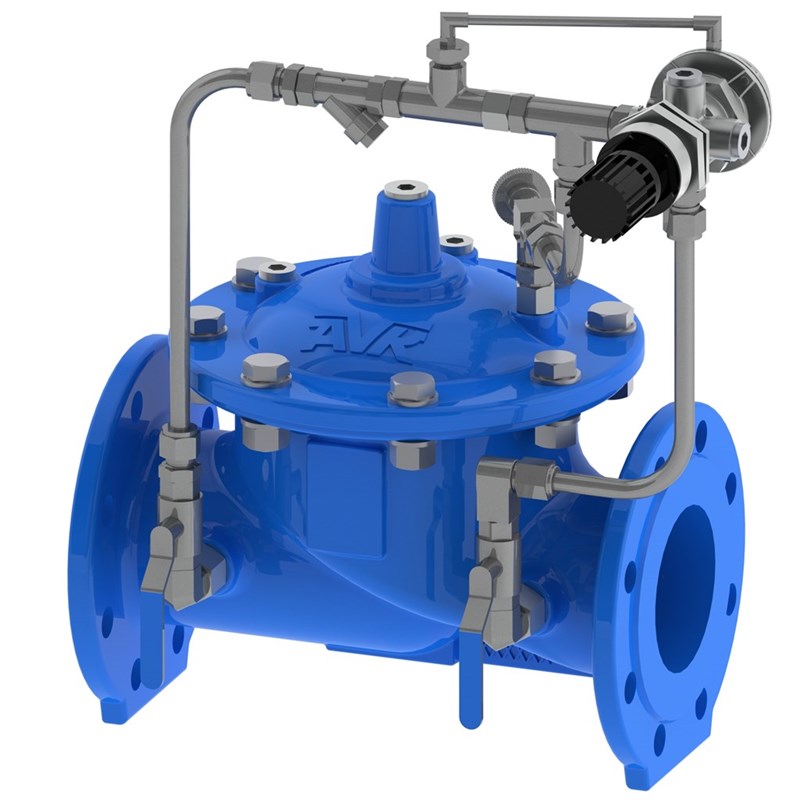Checking out the Functionality of Modern Control Valves in Industrial Applications
Checking out the Functionality of Modern Control Valves in Industrial Applications
Blog Article
Achieve Seamless Combination and Control With High Quality Structure Automation Controls
In the realm of contemporary building monitoring, the importance of top quality structure automation controls can not be overstated. Embracing high quality structure automation controls is not just a matter of convenience yet a critical crucial for organizations aiming to optimize their facilities' performance and sustainability.

Evolution of Building Automation Controls
Throughout the previous few years, the advancement of constructing automation controls has actually dramatically changed the method buildings are handled and run. Originally, constructing automation systems mainly concentrated on standard functions such as regulating air, ventilation, and home heating conditioning (A/C) systems. As technology progressed, these controls have actually come to be much more sophisticated, allowing for a bigger array of structure systems to be integrated and taken care of centrally.
The development of developing automation controls has seen a shift in the direction of more smart systems that can adapt to transforming conditions in real-time. This flexibility is critical for enhancing energy performance and making sure passenger comfort. In addition, modern-day building automation controls currently provide features such as predictive upkeep, remote surveillance, and information analytics, making it possible for center managers to make data-driven decisions to enhance structure efficiency.

Benefits of Quality Integration
The advancement in structure automation controls in the direction of more smart systems has actually highlighted the significant benefits of high quality combination in enhancing building operations and improving total effectiveness. This central control also gives far better presence and insights right into structure performance, making it possible for proactive maintenance and optimization strategies. In general, the benefits of top quality combination in building automation controls are obvious, providing increased efficiency, comfort, and functional effectiveness.
Enhanced Individual Experience and Availability
Enhancing user interaction with structure automation regulates via instinctive layout and enhanced ease of access elevates the general experience for owners and center managers alike. By focusing on user experience, building automation systems can come to be more easy to use and reliable. User-friendly user interfaces, clear navigating, and customizable setups equip users to interact with the controls quickly and effectively.
Accessibility features play an essential duty in making sure that all individuals, consisting of those with impairments, can use the building automation regulates effortlessly. Integrating features such as voice commands, tactile buttons, and color-contrasted screens can boost ease of access and make the controls more inclusive.
Additionally, enhanced user experience brings about greater customer fulfillment, raised productivity, and much better decision-making. Residents can change ecological setups according to their preferences, while facility supervisors can efficiently keep track of and handle structure systems - control valves. Resources On the whole, focusing on customer experience and ease of access in structure automation controls contributes to a more smooth and productive structure environment for all stakeholders entailed
Lasting Practices With Automation

Additionally, automation can facilitate the integration of renewable energy resources such as solar panels or wind generators right into structure procedures. Via automation, structures can align with modern sustainability goals and contribute to a greener future.
Future Trends in Building Control Equipment
In anticipation of advancing technologies and developing sustainability techniques, the trajectory of structure control systems is positioned to accept ingenious solutions and transformative methods. One prominent fad forming the future of building control systems is the increased assimilation of Artificial Knowledge (AI) and device learning. These modern technologies make it possible for structures to adapt in real-time to changing problems, optimizing energy intake and improving comfort for occupants. Additionally, the Internet of Things (IoT) is reinventing structure control systems by linking gadgets and sensing units to streamline operations and boost performance.
Another essential fad is the emphasis on cybersecurity procedures to protect against possible risks to constructing automation systems. As buildings come to be more interconnected, ensuring durable cybersecurity protocols will certainly be vital to guard delicate information and protect against unapproved gain access to.
Additionally, see here the change in the direction of cloud-based platforms is acquiring energy, enabling centralized find more information control and remote access to structure systems. This facilitates much easier surveillance, maintenance, and updates, improving the total performance and flexibility of building control systems. As technology continues to development, these fads are expected to shape the future landscape of building automation controls, driving innovation and sustainability in the built environment.
Verdict
Future patterns in structure control systems are likely to focus on more improving automation abilities for improved energy performance and overall performance. It is necessary for building proprietors and drivers to focus on the adoption of quality building automation manages to enhance building procedures and accomplish long-term sustainability goals.
In the realm of contemporary building management, the value of high quality structure automation controls can not be overemphasized. Overall, the advancement of building automation regulates continues to drive advancement in the structure management sector, using new opportunities for developing smarter and much more sustainable buildings.
The innovation in structure automation controls in the direction of even more intelligent systems has actually underscored the significant advantages of top quality assimilation in enhancing structure operations and boosting overall performance. In general, focusing on customer experience and access in building automation regulates contributes to an extra effective and seamless building environment for all stakeholders included.
It is necessary for structure owners and operators to prioritize the adoption of quality structure automation manages to optimize structure operations and achieve long-term sustainability objectives. - control valves
Report this page